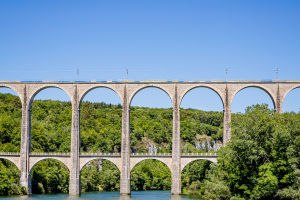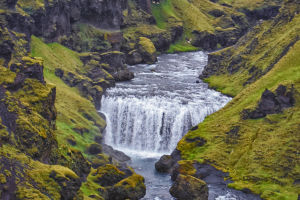Tuscany is a land of rolling hills, medieval towns, and world-class art. From Florence to the Val d'Orcia, this guide will help you explore the best of this iconic Italian region.
The ideal time to visit Tuscany is from late April to June or September to October. These months offer mild weather, fewer crowds, and lower prices.
Summer (July and August) is peak season, with temperatures often exceeding 35°C (95°F). Winter is quieter, with fewer tourists and discounted museum tickets, like at the Uffizi Gallery in Florence.
How Long to Stay
Five days are enough to explore Florence and take day trips to Siena or Lucca. For a deeper dive, spend a week road-tripping through Val d'Orcia or hiking the Via Francigena.
Slow travelers can spend 16+ days walking the Tuscan section of the Via Francigena, a historic walking route.
Getting Around
Tuscany has two international airports: Florence and Pisa. Trains connect major cities, with tickets from Florence to Pisa costing €8.90.
For rural areas, rent a car (€65/day). Public buses are available but less reliable. Validate train tickets before boarding to avoid fines.
Top Destinations
Florence is a must-see, with spots like, Uffizi Gallery, and Ponte Vecchio. Entry to the Uffizi costs €20 and Ponte Vecchio is free entry.
In Siena, visit the Piazza del Campo. Don't miss the Palio horse race in July and August.
Val d'Orcia's Beauty
The Val d'Orcia is a UNESCO World Heritage Site known for its cypress-lined roads and rolling hills. Explore towns like Pienza and Montalcino.
Don't miss the thermal baths at Bagno Vignoni (€10 entry).
Lucca's Medieval Walls
Lucca is a charming city surrounded by 12m-high walls. Visit the San Martino building (€3 entry) and stroll along the tree-lined ramparts.
In summer, enjoy the Lucca Summer Event (tickets from €30). Autumn brings the Lucca Comics & Games festival, one of Europe's largest.
Pisa Beyond the Tower
While the Leaning Tower (€18 entry) is iconic, Pisa offers more. Explore the Camposanto Monumentale (€5 entry) and the Navi di Pisa Museum (€10 entry).
Tuscan Islands
The Tuscan Archipelago includes seven islands, with Elba being the largest. Enjoy beaches and hiking on the Grande Traversata Elbana trail.
Ferries to Elba cost €20–€40 round-trip. Summer is peak season, so book accommodations early.
Apuan Alps Adventure
The Apuan Alps offer rugged beauty and hiking trails. Visit Carrara to see marble quarries or hike the Via Vandelli, a historic route.
Stay in Castelnuovo di Garfagnana or Barga for easy access to trails and the Lago di Vagli.
Castelnuovo di Garfagnana
Budget Tips
Tuscany can be expensive, but budget travelers can save by visiting in the shoulder season, using public transport, and staying in agriturismi (farm stays).
A basic double room costs €80, while a typical countryside chicken sandwich is €5. Dinner for two averages €70.
Final Thoughts
Tuscany is a region of endless beauty and culture. Whether you're drinking coffee or hiking the Apuan Alps, or exploring medieval towns, this guide will help you make the most of your trip.


